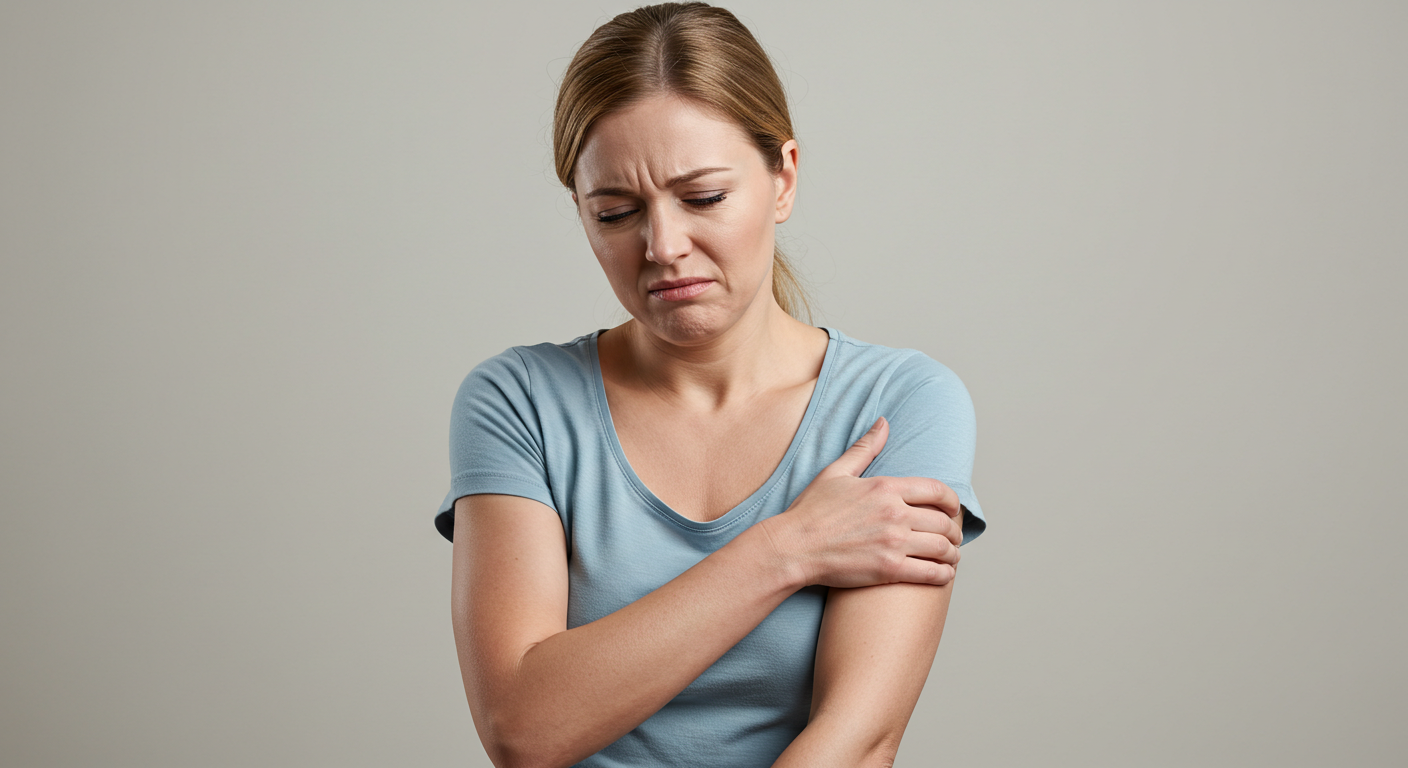Dr. Kumar’s Take:
Statins are widely prescribed for lowering cholesterol and preventing heart disease, but they can cause muscle and nerve-related side effects in some people. This study highlights how statins can lead to myopathy (muscle damage), neuropathy (nerve issues), and even autoimmune reactions. If you’re experiencing muscle pain, weakness, or numbness while taking a statin, talk to your doctor about adjusting your dose or switching medications.
Brief Summary:
This review explores the neuromuscular side effects of statins, which make up about two-thirds of all statin-related adverse effects. These include:
- Muscle-related symptoms: Cramps, pain, weakness, and, in rare cases, severe muscle breakdown (rhabdomyolysis).
- Peripheral neuropathy: Nerve damage that causes tingling, numbness, or pain, particularly in the hands and feet.
- Autoimmune reactions: Conditions such as immune-mediated necrotizing myopathy (IMNM) and myasthenia gravis, where the immune system mistakenly attacks muscles.
The study discusses risk factors, genetic predispositions, and possible management strategies, including dosage adjustments and alternative lipid-lowering treatments.
Key Takeaways:
✔ Lipophilic statins (e.g., simvastatin, atorvastatin) have a higher risk of muscle-related side effects than hydrophilic statins (e.g., pravastatin, rosuvastatin).
✔ Genetic factors play a role—certain people are more prone to statin-related muscle and nerve problems.
✔ Statins can trigger autoimmune diseases like IMNM, which may require immunosuppressive therapy.
✔ If you experience muscle pain or weakness, switching to a different statin or using alternative cholesterol-lowering medications may help.
Study Design:
The study reviewed articles from 2000-2021, analyzing data on statin-induced neuromuscular complications. Researchers looked at statin-related myopathy, neuropathy, and autoimmune conditions by reviewing case reports, clinical trials, and genetic studies.
Results:
✔ 5-10% of statin users experience muscle-related symptoms, with higher risks in older adults.
✔ 27.4% incidence of statin-induced myopathy, with simvastatin carrying the highest risk.
✔ Peripheral neuropathy is rare but can develop in long-term statin users.
✔ Statins may worsen or trigger autoimmune disorders, including myasthenia gravis and IMNM.
✔ Coenzyme Q10 (CoQ10) depletion is linked to muscle toxicity, but CoQ10 supplementation has mixed results.
How Statins Cause Muscle and Nerve Damage:
Statins work by blocking HMG-CoA reductase, a key enzyme in cholesterol production. This also reduces coenzyme Q10 (CoQ10), which is essential for muscle and nerve function. Other mechanisms include:
- Mitochondrial dysfunction, leading to energy depletion in muscle cells.
- Inflammatory responses, causing autoimmune reactions.
- Genetic variations, which affect how the body processes statins.
Related Studies and Research
Statins and Primary Prevention: The Debate – Discusses the controversy surrounding statins for primary prevention in low-risk populations.
Rosuvastatin, CRP, and the JUPITER Trial – Examines the JUPITER trial findings on rosuvastatin and C-reactive protein in primary prevention.
Statins for Healthy Men: A Review – Investigates the risks and benefits of statin therapy in men without established heart disease.
HOPE-3 Trial: Rosuvastatin in Primary Prevention – Reviews the HOPE-3 trial results on rosuvastatin for individuals at intermediate cardiovascular risk.
Frequently Asked Questions:
How common are muscle-related side effects with statins?
About 5-10% of statin users report muscle symptoms, but some studies estimate the number is as high as 27.4%.
Can statins cause nerve damage?
Peripheral neuropathy is rare but has been reported in long-term statin users. It may be linked to cholesterol depletion in nerve membranes.
Do all statins have the same risk for muscle pain?
No, lipophilic statins (simvastatin, atorvastatin, lovastatin) are more likely to cause muscle issues than hydrophilic statins (pravastatin, rosuvastatin).
Can CoQ10 help with statin muscle pain?
Some people report improvement with CoQ10, but studies are inconclusive. More research is needed to confirm its benefits.
Should I stop my statin if I have muscle pain?
Talk to your doctor before stopping statins. Lowering the dose, switching to a different statin, or trying alternative treatments might be better options.
Conclusion:
Statins are highly effective for lowering cholesterol, but they can cause muscle and nerve-related side effects in some people. Early recognition of symptoms and personalized treatment—such as switching statins or using alternative therapies—can help manage these risks. Future research on genetics and pharmacogenomics may lead to better, more tailored approaches to statin therapy.


